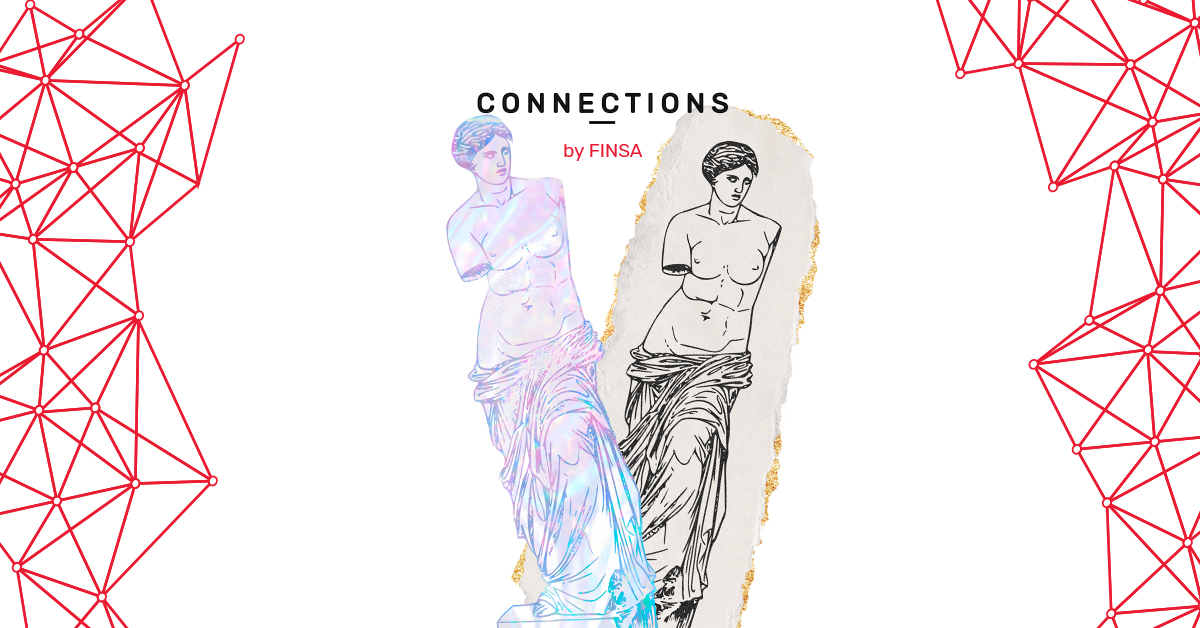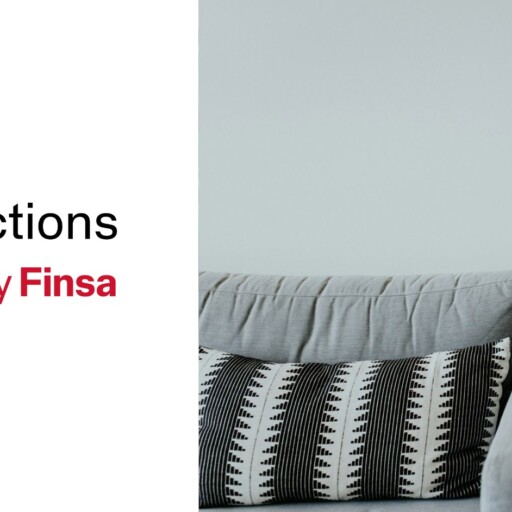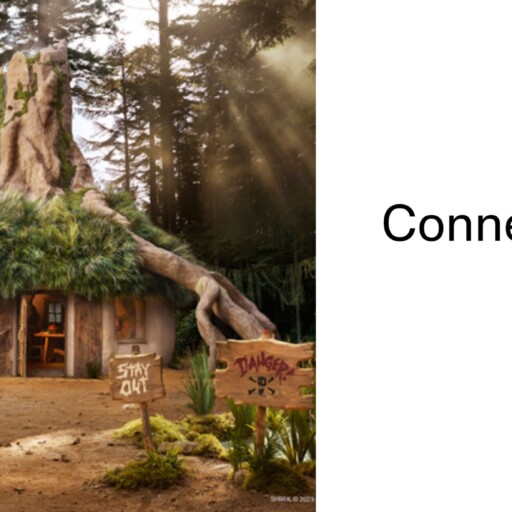Juli Capella was born in Barcelona in 1960 and landed in the world of architecture after discovering that being an inventor wasn’t an actual career. Nowadays he explores his passion for objects in books including Así nacen las cosas (‘That’s How Things Are Born’), De la fregona al Airbus (‘From Mop to Airbus’), and Made in Spain: 101 iconos del diseño español (‘Made in Spain: 101 Icons of Spanish Design’). He also curates exhibitions, and ¡Funciono! Porque soy así (‘I work! Because that’s what I’m like’) has already become one of the unmissable events at Madrid Design Festival 2020.
He is known to the general public for his work as an architect, urban planner, and designer at his studio Capella García Arquitectura.
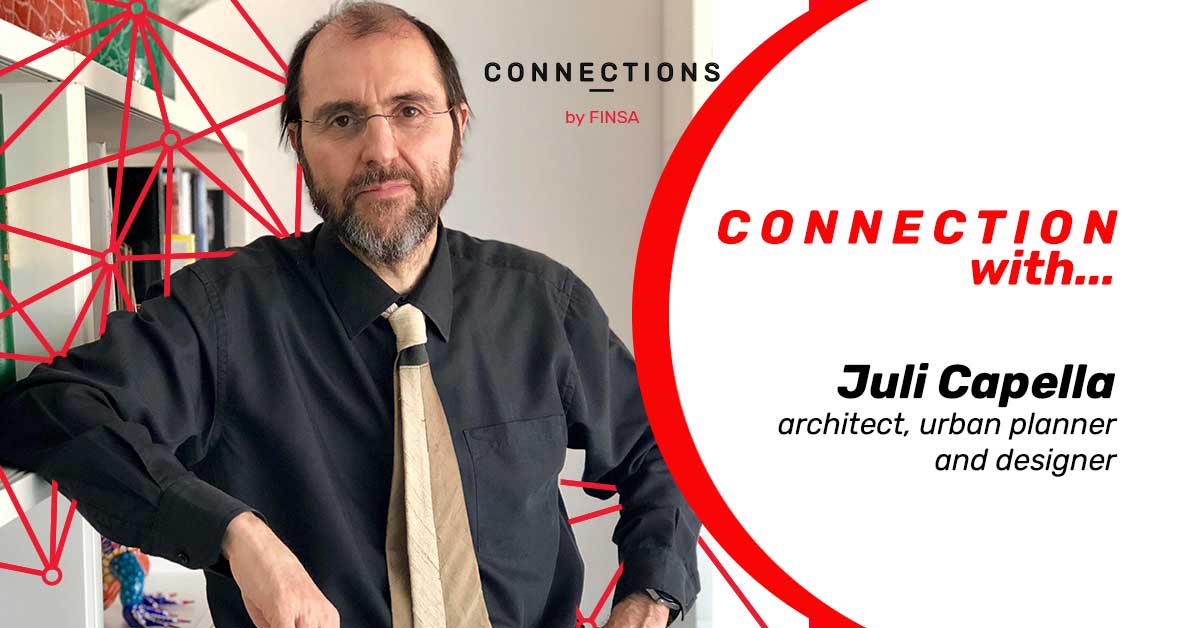
What will people see when they visit “Funciono! Porque soy así“?
They will find objects that they have at home or that they use in their day-to-day life on display in a type of museum, and I think that’s what’s going to surprise them. They will ask themselves “what is a paperclip doing here?” or a post-it, or a BIC pen. This is the aim of the exhibition: to make us realise that the objects that surround us have a very interesting creative value.
https://www.instagram.com/p/B7I3EGqlUG7/?utm_source=ig_web_copy_link
So, what you mean is that design exists even in the simplest object. Do we place less value on the ‘everyday’?
We value it less because we take it for granted and we only notice objects when we need them or when they don’t work. You never think about a can opener – one of the objects in the exhibition – until you head out on a daytrip and realise you left yours at home.
Does the fact that the names of these designers are not well-known, that they aren’t famous, also have an impact?
People associate objects of design with those that they have seen in magazines and that have a well-known creator, like Philippe Starck or Mariscal. But everything is design, and everything has a creator, even if we aren’t aware of them or if we don’t know their name. The important thing is to realise that behind every object there is a designer that is concerned with improving our lives.
Could human beings live without design?
It would be impossible. Without design, man would go back to being primitive. There would be no buildings, no furniture, no transport, no clothing. There would be no hospitals, no medicine, no vaccines – somebody had to design the syringe! We would actually go back to caveman times.
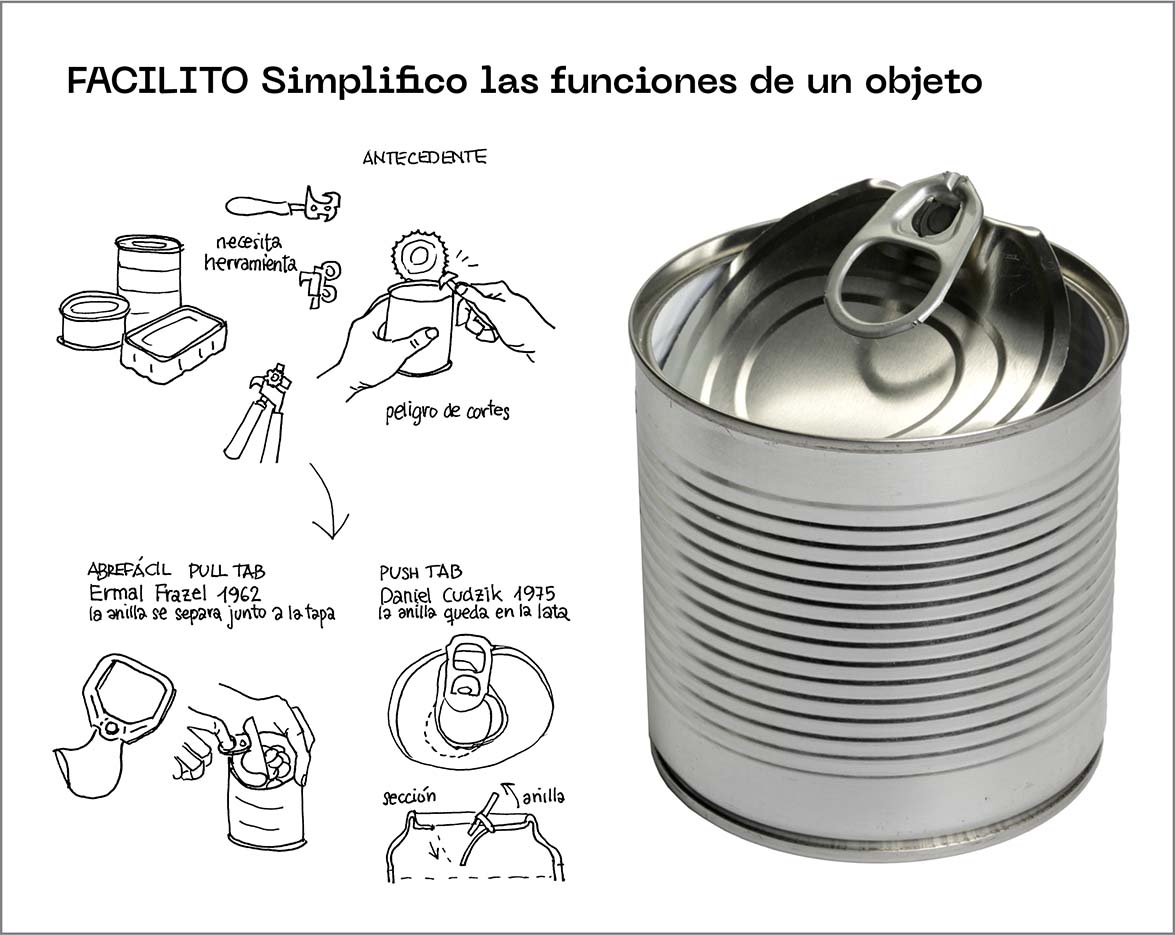
Are designers aware of the social responsibility that comes with the transformational power of design?
Very few designers are aware of this social function. Basically, what they want is what everyone else wants – to make a living. What interests me is valuing the designers that are actually looking to solve people’s problems.
In our daily lives, we see that things are quite badly made, and this exhibition explains that, with time and effort, all design can be improved.
The exhibition groups objects according to 10 concepts: making something cheaper, innovation, complementing, speeding things up, multifunctionality, reduction, facilitating, addition, style, and surprise. Which one is the most important right now?
The main strategy nowadays is knowing that any new creation must have the smallest possible impact on the environment. Eco-design must be present in every object in many ways – by making it cheaper, in complementation, in speeding things up – without damaging the planet. There is no longer a place for designers that start projects without thinking about how to reduce their environmental impact.
There is another opposing strategy, which is maximising profits, and that’s what makes the world turn. What companies ask a designer to do is to design something to make more money.
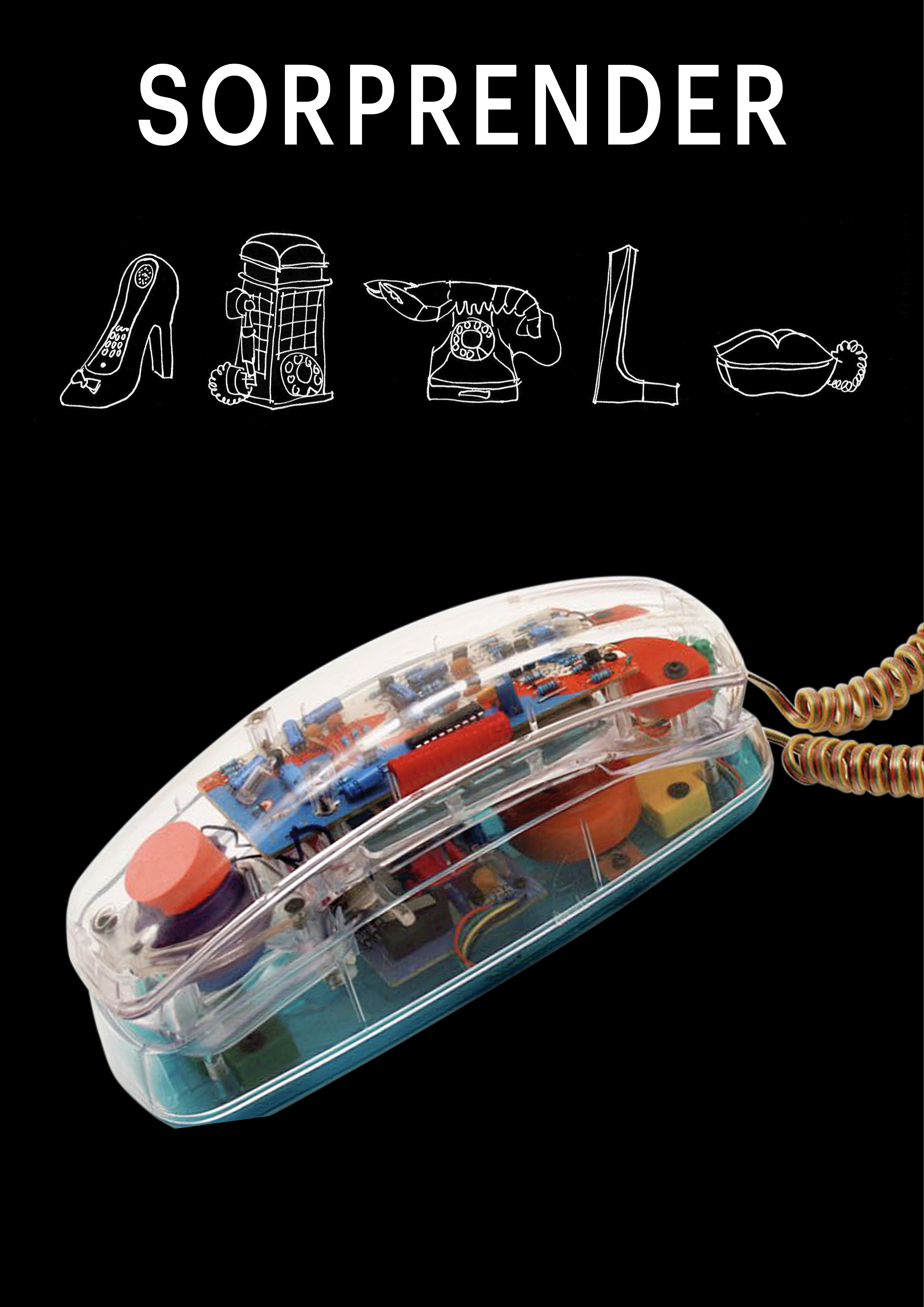
We think of a design as the marriage of form and function. Where does emotion come into it?
The pairing of form and function is a little outdated and misleading. There is no one formula that defines which one is more important. But a human being, who is the one that looks at and uses an object, is an emotional being that sometimes prefers that a thing be pretty rather than work well. A good example is high-heeled shoes: they are not practical, but they have an aesthetic value and connotations that make many women decide to wear them.
The emotional factor is liberating. Every individual is different, and this allows objects to be seen differently by different people. The discovery of this symbolic value of an object is what makes us free and unique.
How did you go from architecture to spreading the word about design?
It was curiosity. More than anything, I consider myself a curious human being with the ability to get excited about and enjoy the stories of things and buildings. I like to share what I discover and what surprises me. I’ve always had a passion for objects and explaining them to people in a different way by using books, magazines, exhibitions…
https://www.instagram.com/p/B00te7xiUrl/?utm_source=ig_web_copy_link
If you had to choose between architecture or sharing what you know, which one would you choose?
I am a maximalist, so I’d choose both, as well as anything else that I might enjoy. Any creative activity – urban planning, interior design, curating an exhibition, writing, painting, drawing – it’s all the same to me. It’s creating something that people enjoy (or suffer through!). However, bureaucracy and passivity frustrate me.
Your studio is a reference point on the national scene. How does one achieve this?
The first requirement is having lived many years so that you’ve had a lot of time to work. Then you have to be passionate and professional when it comes to your projects. Our designs have always been creatively interesting – innovative yet feasible. We meet standards but try to obtain an original, special, and different result. We have also been lucky enough to do international projects, like José Andrés‘s restaurants, which brings with it a certain level of popularity.
https://www.instagram.com/p/BvrtQ_SBtw1/?utm_source=ig_web_copy_link
What is the key to good design?
A basic level of talent is essential. If you don’t know how to use a pencil or if you don’t like to think in an innovative way, then you can’t be a designer. A designer is part inventor, part artist. And then a lot of work is required, many attempts, and lots of wastepaper baskets filled with discarded ideas. It has nothing to do with a chance discovery, the notion of “I have an idea!”. Behind every project there is a lot of talent, a lot of effort, a lot of hours and, above all, a lot of rejected ideas.
What advice would you give someone who is starting out in the world of architecture?
That they should get out. Architecture has become an absurd bureaucracy, full of regulations, many of which are contradictory, and the creative side has been reduced. Working in architecture in Spain nowadays involves a lot of drama and it’s become something boring, which is why it’s becoming increasingly mediocre, with the exception of the great masters. In other fields of design, such as interior or product design, there is still a little more freedom.
Are there any projects you have in the works that you are particularly excited about?
All the projects that you are currently working on are always the ones that excite you the most because, in those that are already finished, you can see that you didn’t know how to do them any better. Currently, we are working on two new restaurants for José Andrés in Chicago and Dubai, and we are getting the new official FC Barcelona store ready after having finished the one in las Ramblas. But perhaps the projects that are exciting us the most are two hotels in Budapest and Lisboa, for which we are in charge of both the architecture and the interior design.
https://www.instagram.com/p/B73WtNSq6bt/?utm_source=ig_web_copy_link
Has interior design become a refuge for creativity in the bleak scene that is forming in the world architecture?
Definitely. In Barcelona, where residential construction is practically paralysed, many architects are working in interior design. However, I have never seen architecture as creating buildings but not interiors. I follow the Italian tradition, in that I think that architecture’s mission includes a wide range of things, from urban planning to objects –“dal cucchiaio alla città” – which is why its normal for an architect to do interiors. The scale doesn’t matter. As Mies Van Der Rohe said, creating a chair is even more difficult than creating a skyscraper. Both involve creating a structure, looking for materials and the right shape…One has huge dimensions and the other is smaller, but the creative work is very similar.
What would be your dream project, a challenge that you haven’t tackled yet?
I would love to do something I haven’t done, like a refugee centre, a hospital, q residential home for the elderly – architecture with a social element where you can see that what you’re doing has an impact on people. For example, if a school is well designed, the students will learn better.
Where does your inspiration come from?
Keeping my eyes open and being very curious. Everyone goes through life looking at it in a certain way, but being an architect or designer is like wearing special glasses that make us notice everything: the paving that doesn’t drain properly, where a ramp is needed, if a garbage bin is well designed. The method of the creator is to question everything constantly, either criticising it or praising it. It’s a sickness that makes you creative. I also like to read, to see works of architecture, attend talks…You are constantly immersing yourself in things but, above all, it’s a different attitude towards life.
https://www.instagram.com/p/BvRbtdmhOFR/?utm_source=ig_web_copy_link
Who are your design inspirations?
I like organicism in architecture, everything from Gaudí to Alvar Aalto. When it comes to design, I like the Italian approach, but I also like the big names in Spain, like Miguel Milá , Oscar Tusquets, and Mariscal.
Who would like to collaborate with?
I would like to be able to collaborate with one of the big contemporary architects for the opportunity to learn from them. Anyone from Norman Foster, whose technological world is fascinating, to Frank Gehry, who is the complete opposite – more artistic, more organic. I have always liked collaborations because it’s an opportunity to learn from the other person, to “steal” from them.
They also “steal” things from you.
I love that. If they copy you, it means you’ve done something right. I’m giving a talk at the Madrid Design Festival about copies and coincidences in design, drawing on the Cocos, copias, y coincidencias exhibition. Because it’s obvious that we all copy each other.


